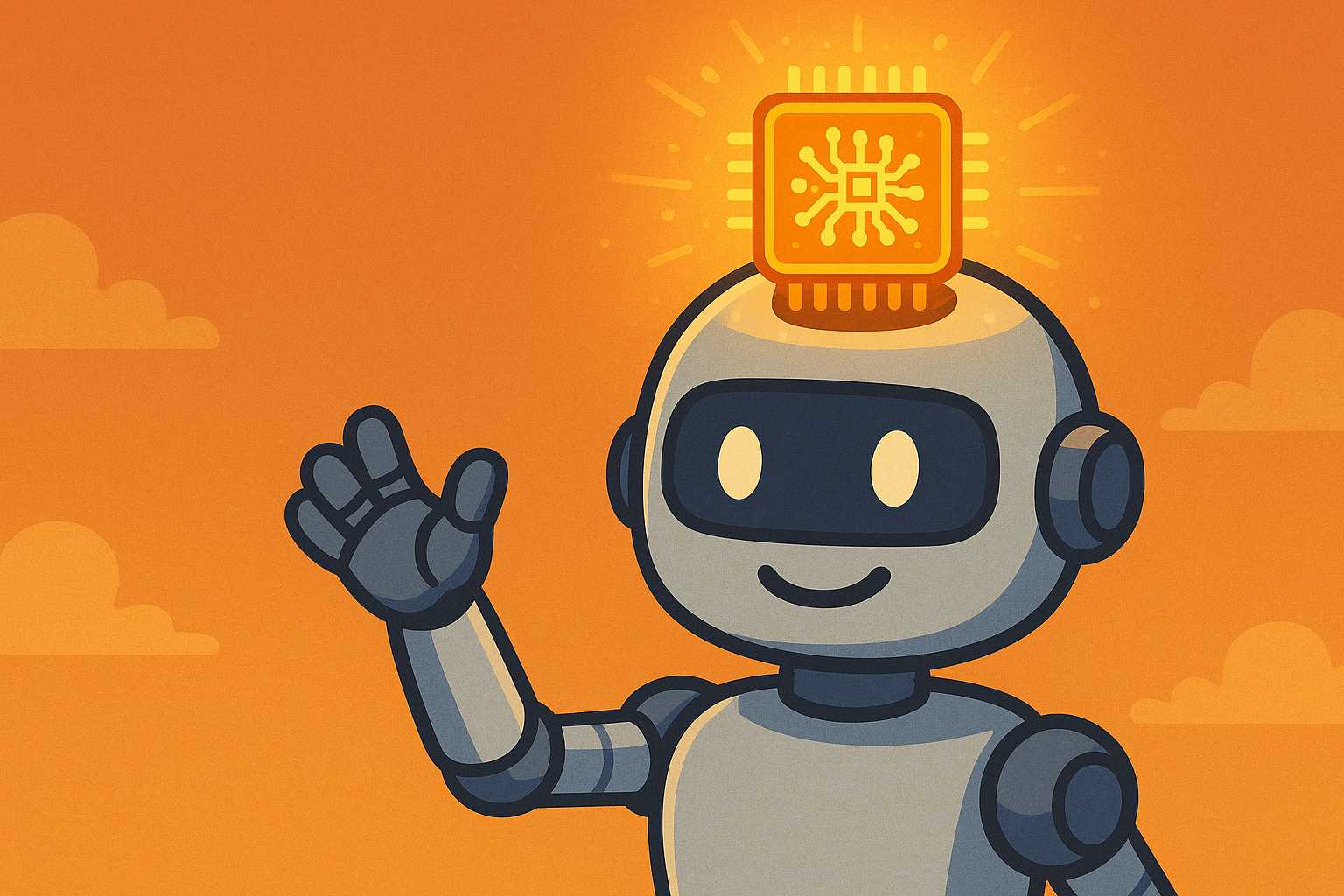NVIDIA’s New “AI Brain” for Robots: Smarter, Faster, More Human-Like
NVIDIA’s New “AI Brain” for Robots: Smarter, Faster, More Human-Like

1. What’s Happening
NVIDIA just made another big move. This time it’s not about GPUs for gamers, but about giving robots a brand-new AI-powered brain. The idea is simple: make robots see better, think faster, and move more naturally. This could be a real game-changer for industries, homes, and even healthcare.
2. What’s New in This AI Upgrade?
Traditional robots are basically “programmed workers.” They follow instructions but often fail when the environment changes. NVIDIA’s new system is different—it’s like giving robots a high-performance CPU + AI model combo:
Better perception: Robots don’t just “see” objects; they can actually understand context, like recognizing a cup as something for holding water.
Faster decision-making: When something unexpected happens (like an obstacle suddenly on the floor), the robot quickly adjusts its path instead of freezing.
Smoother movements: Thanks to GPU acceleration, robots’ motions are more fluid, less stiff—closer to how humans move.
3. Real-World Applications
Here’s where this new “robot brain” could shine:
Manufacturing: Robots can handle precision assembly and quality checks without human supervision.
Logistics: Smarter robots sort and move packages in warehouses, avoiding accidents with forklifts.
Home service: Imagine a cleaning robot that wipes the table without knocking over the vase.
Healthcare: Surgical robots can assist doctors with greater precision and real-time adaptability.
4. Why It Matters
This isn’t just marketing buzz. NVIDIA’s update takes a real step toward robot autonomy. Instead of being just obedient tools, robots are moving closer to becoming adaptive assistants that can handle unexpected situations.
5. My Take
What’s interesting is that NVIDIA isn’t hyping this as “AGI is here.” Instead, they’re focusing on robotics—the most practical area where AI can touch our daily lives. In the near future, the AI you notice first might not be a chatbot like ChatGPT, but a robot that carries your packages or cleans your home.
Once this technology matures, robots could become as common as smartphones—shifting from luxury tech to everyday necessity.
Frequently Asked Questions (FAQ)
1. When will this technology be available?
It’s still in the R&D stage. Expect early adoption in industrial and research environments first, while consumer robots may take a few more years.
2. How does this affect ordinary people?
In the short term, not much. But as it scales, services like delivery, warehousing, cleaning, and even healthcare could become cheaper and more efficient.
3. Will it replace human jobs?
Some repetitive jobs may be automated, but new roles will emerge—robot maintenance, AI data management, and system training.
4. How is this different from ChatGPT-style AI?
ChatGPT is a “language brain” focused on text and conversation. NVIDIA’s update is more like an “action brain,” focused on perception and movement.
5. How smart can robots really get?
Don’t expect an “Iron Man butler” tomorrow, but with large models + GPU computing, robots will steadily become more adaptive and human-like.